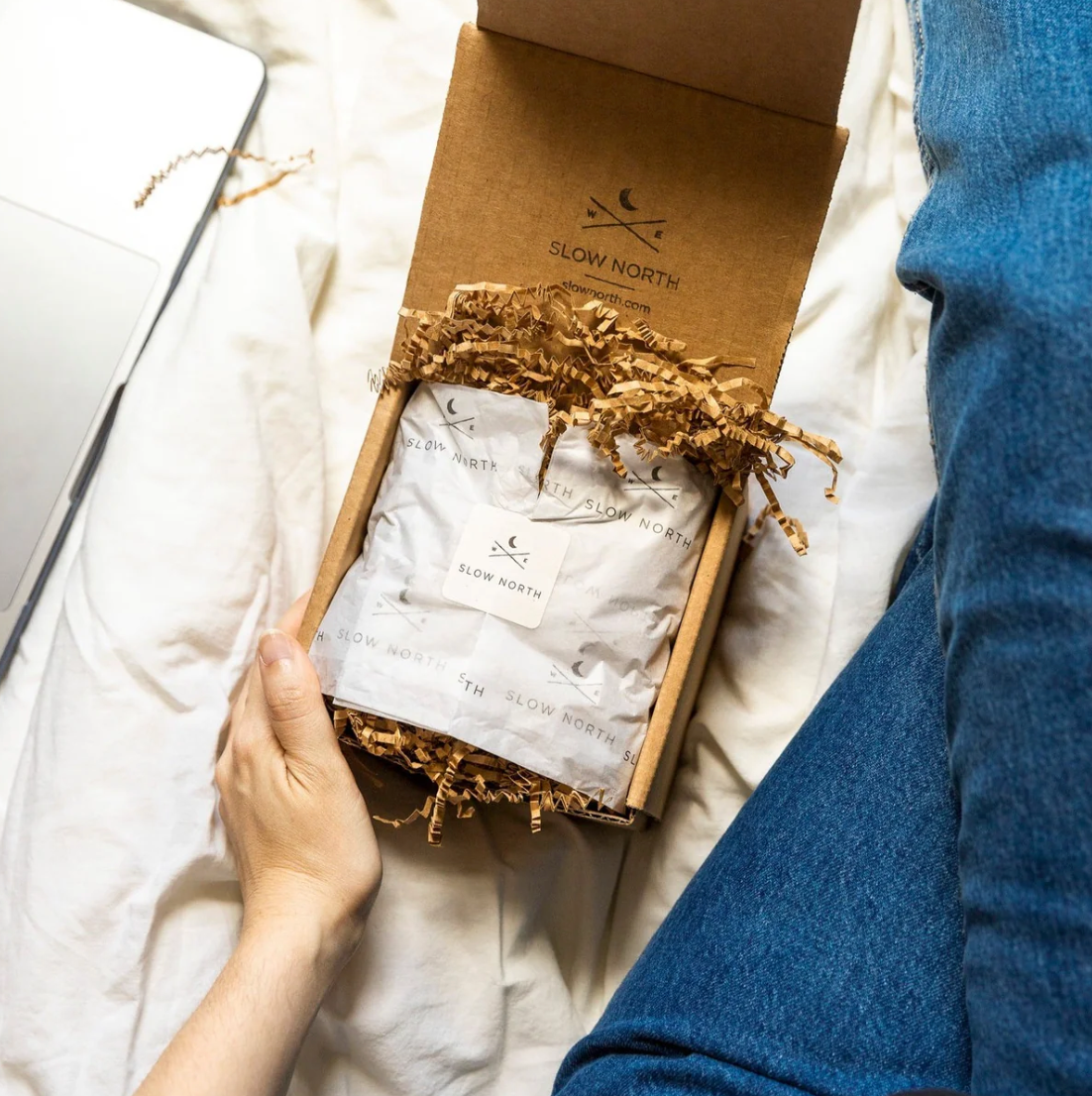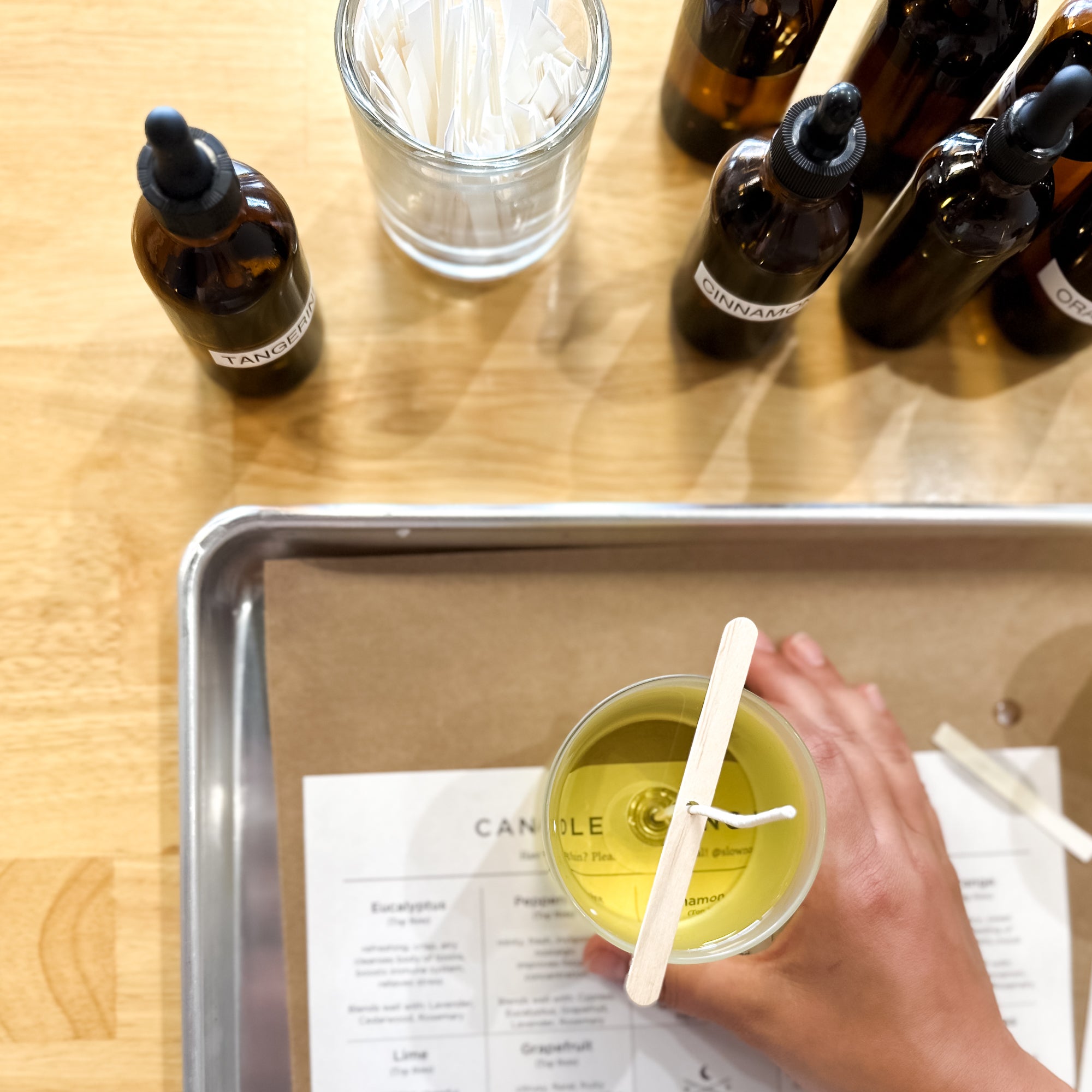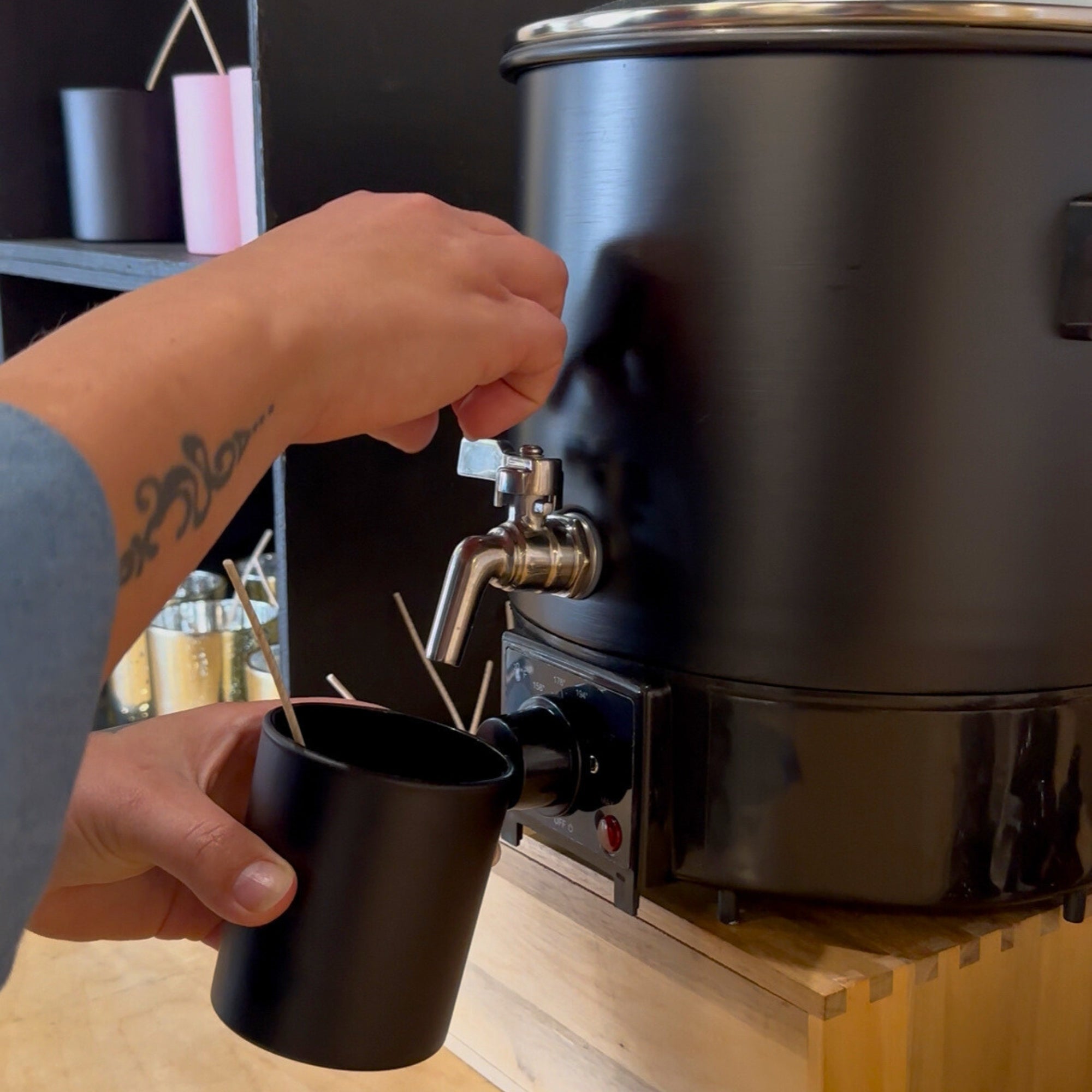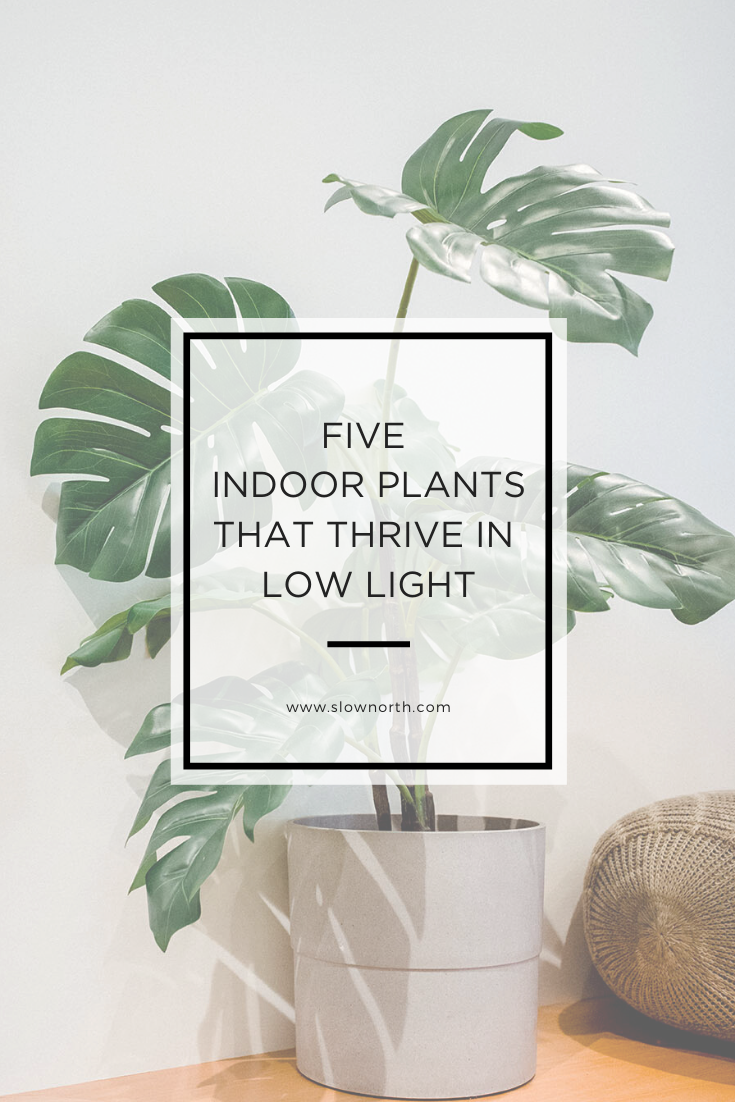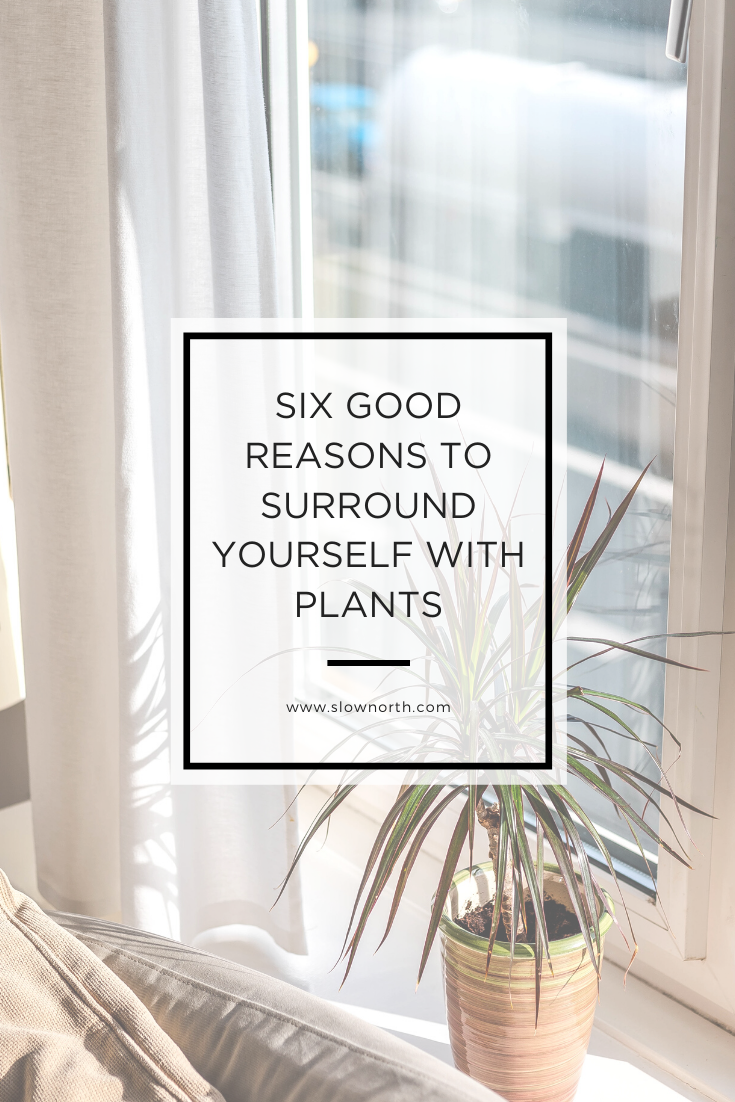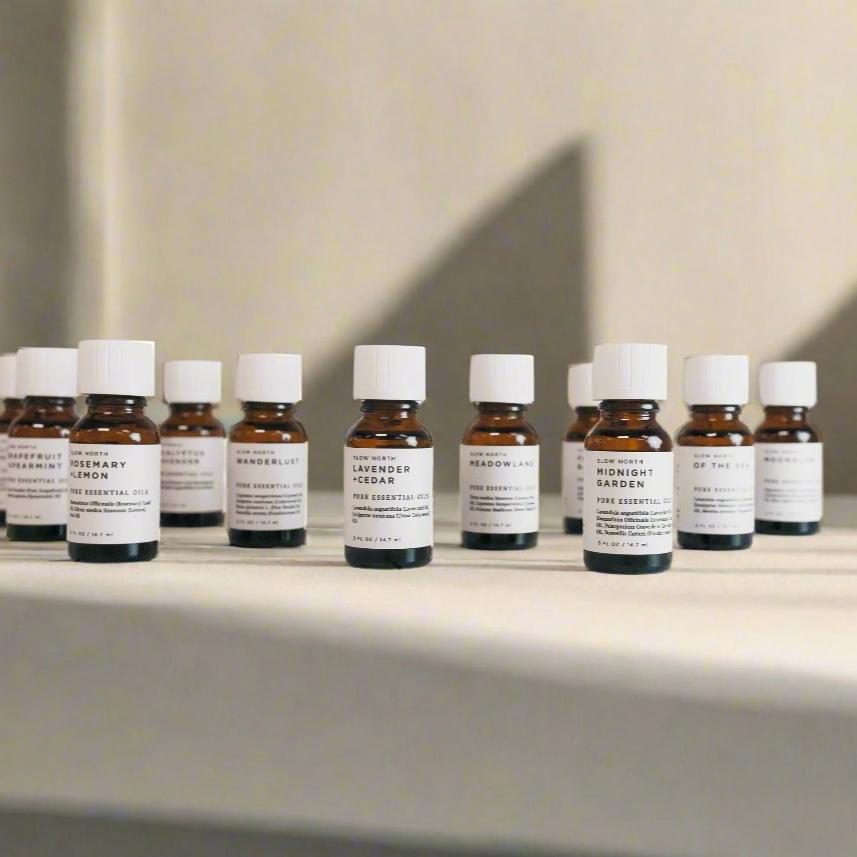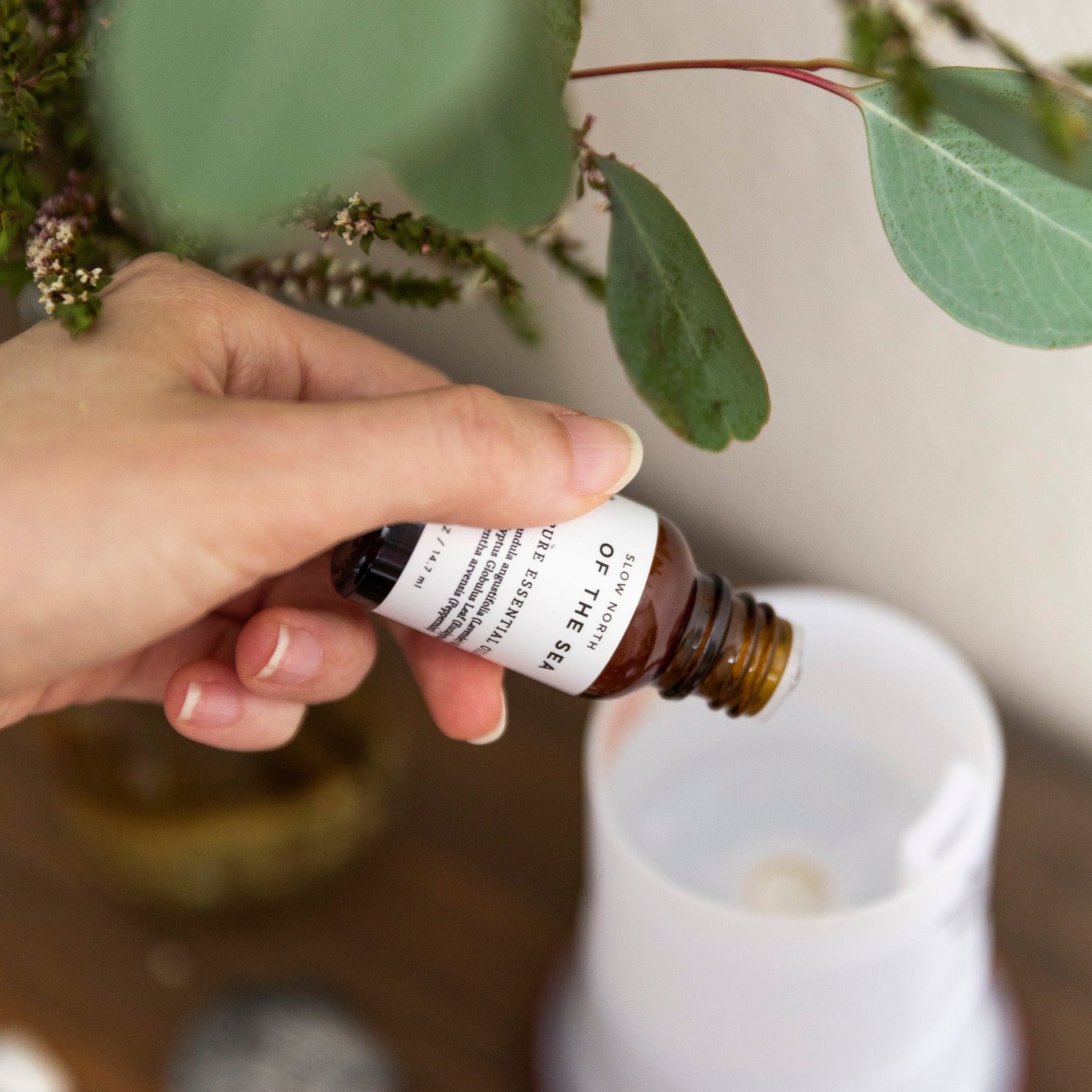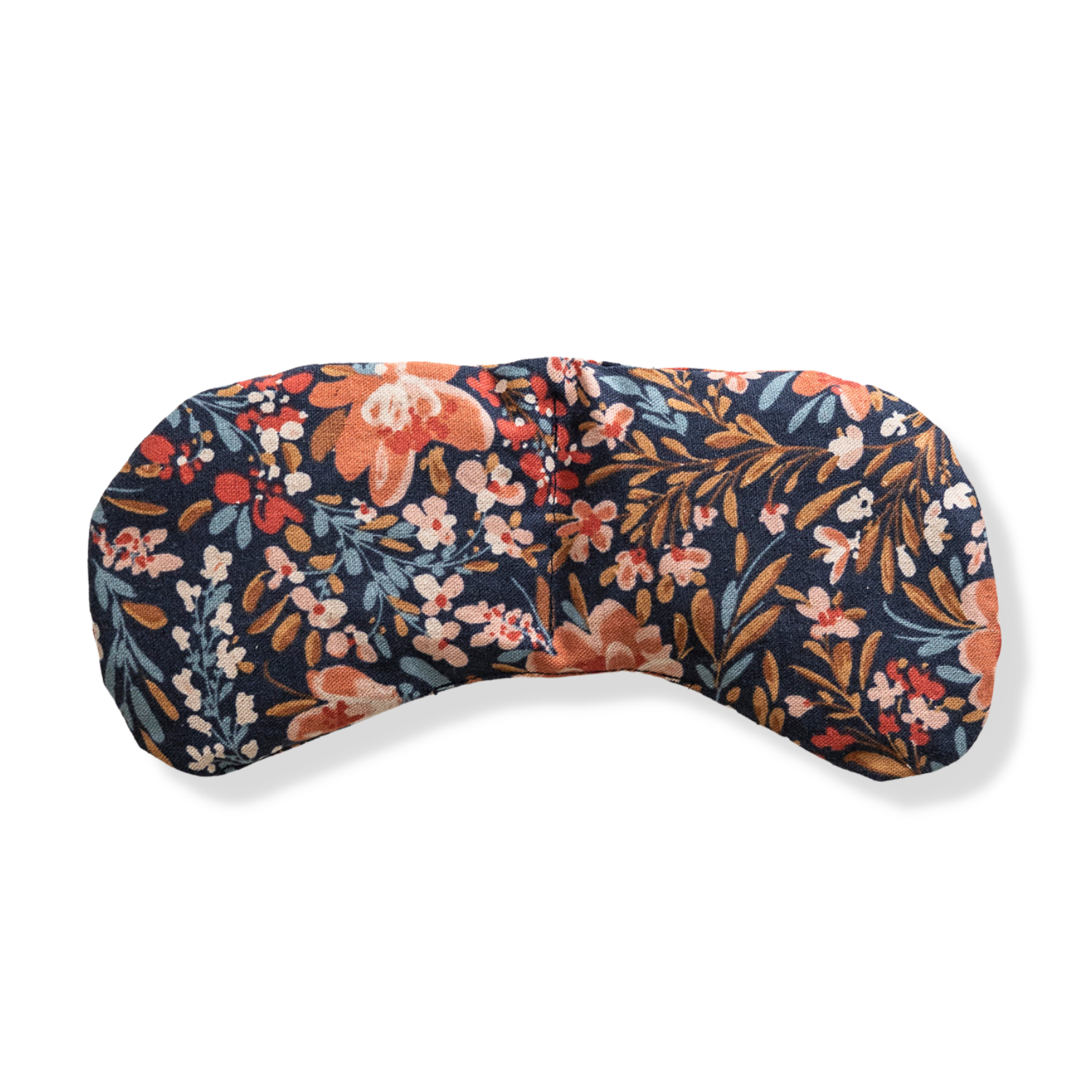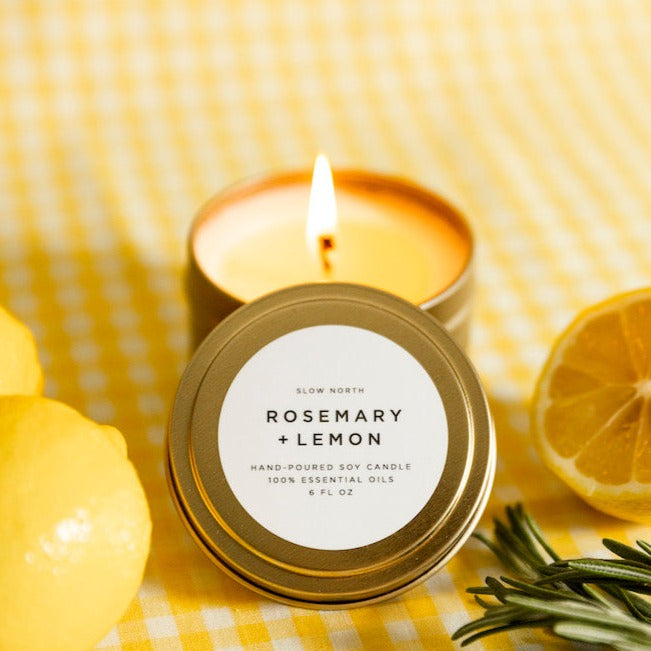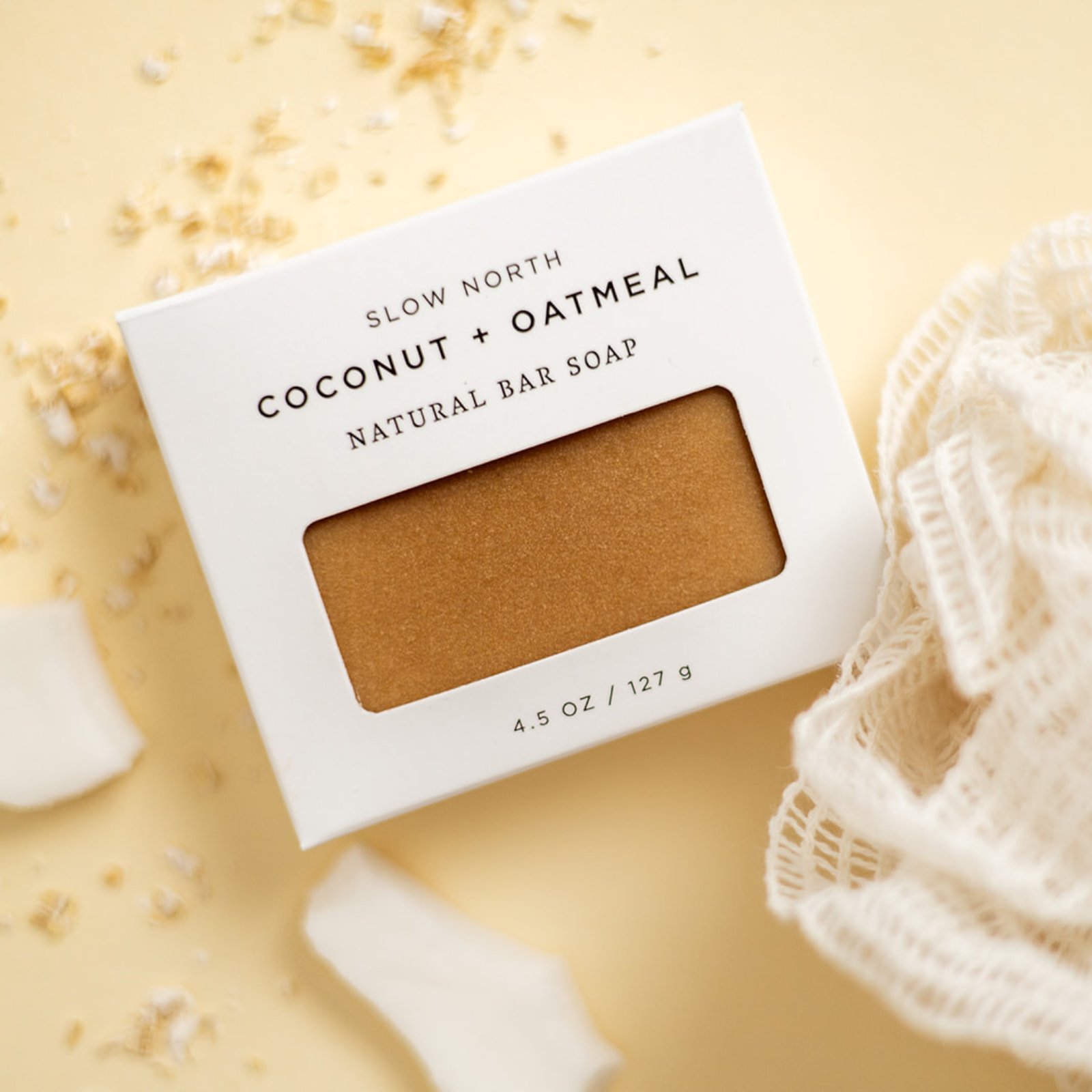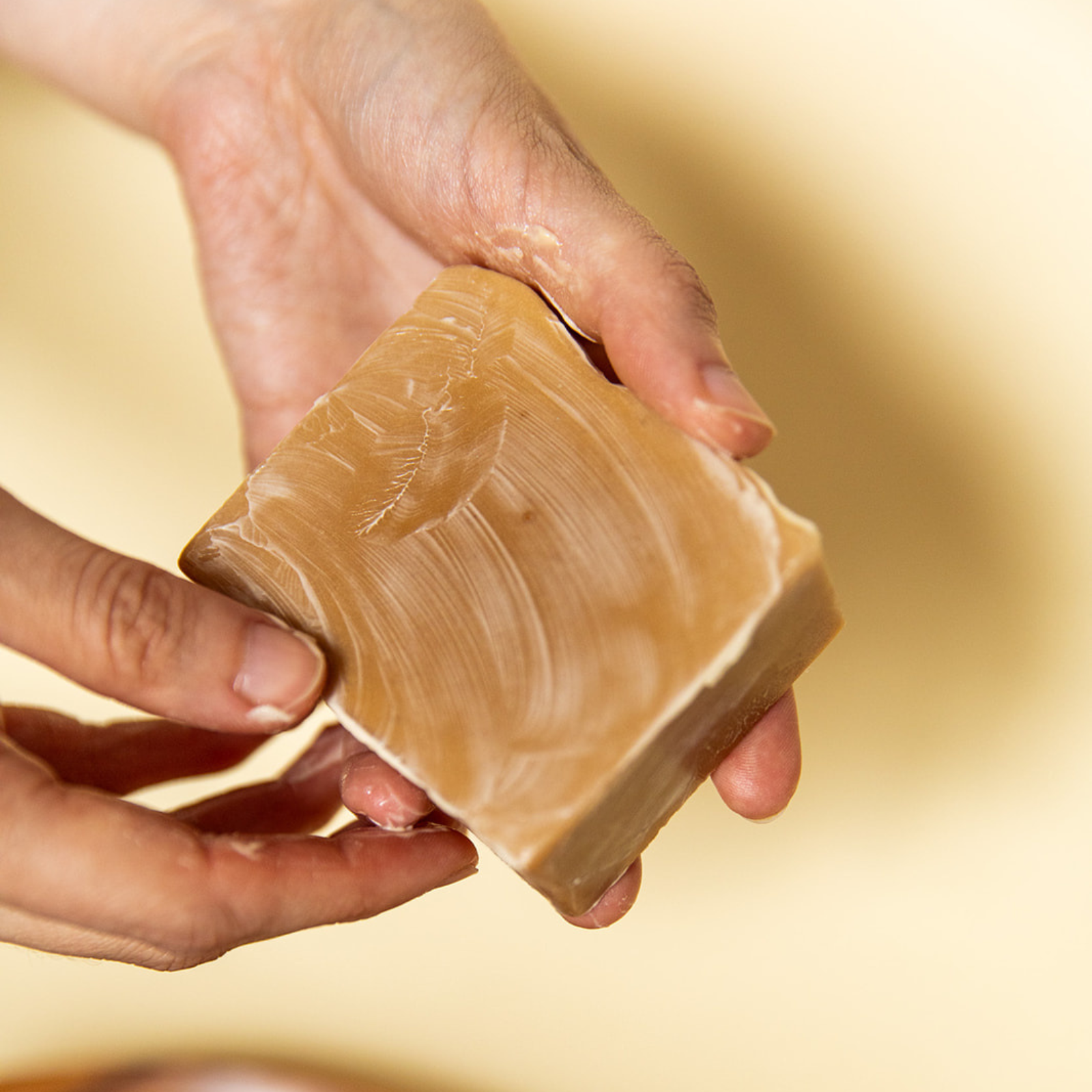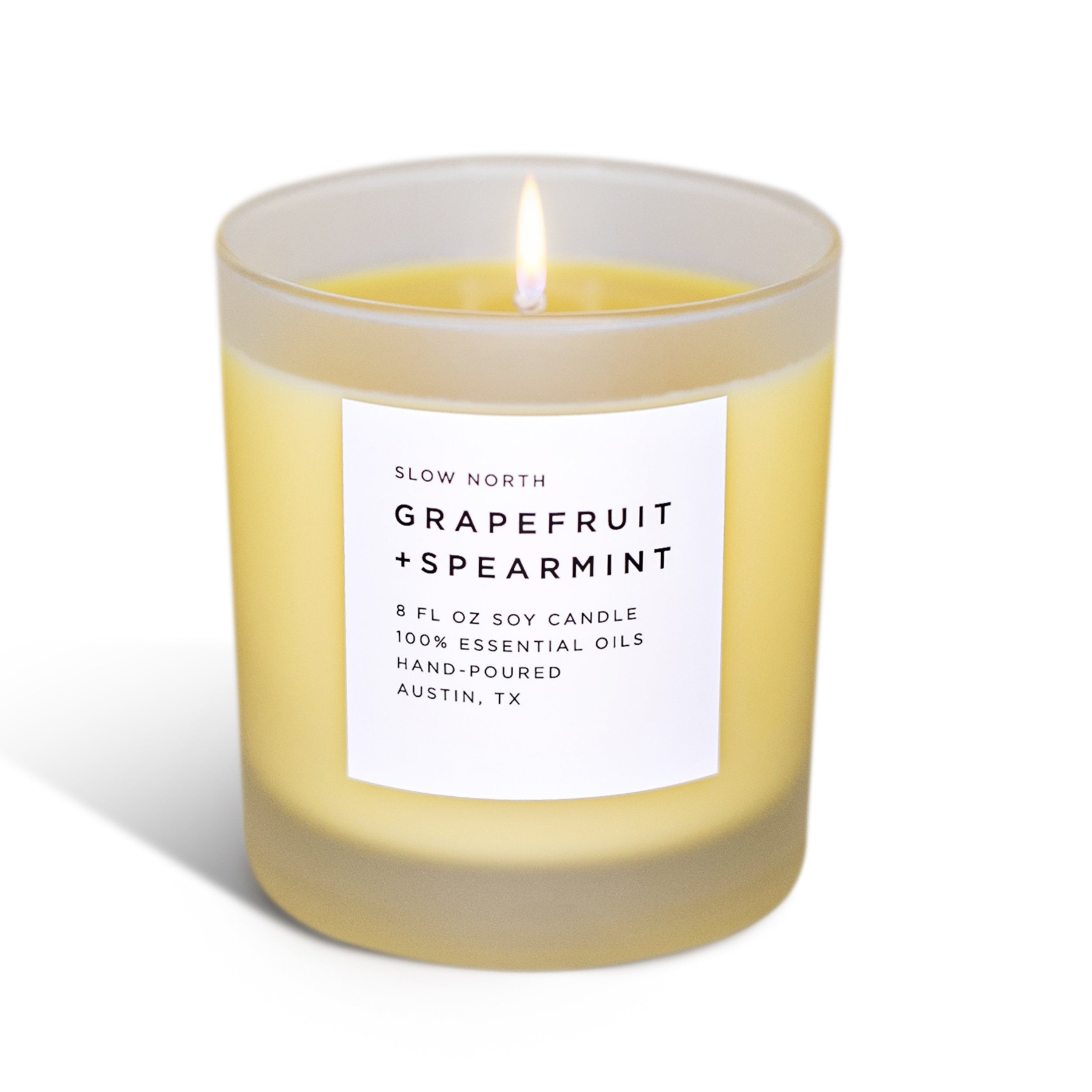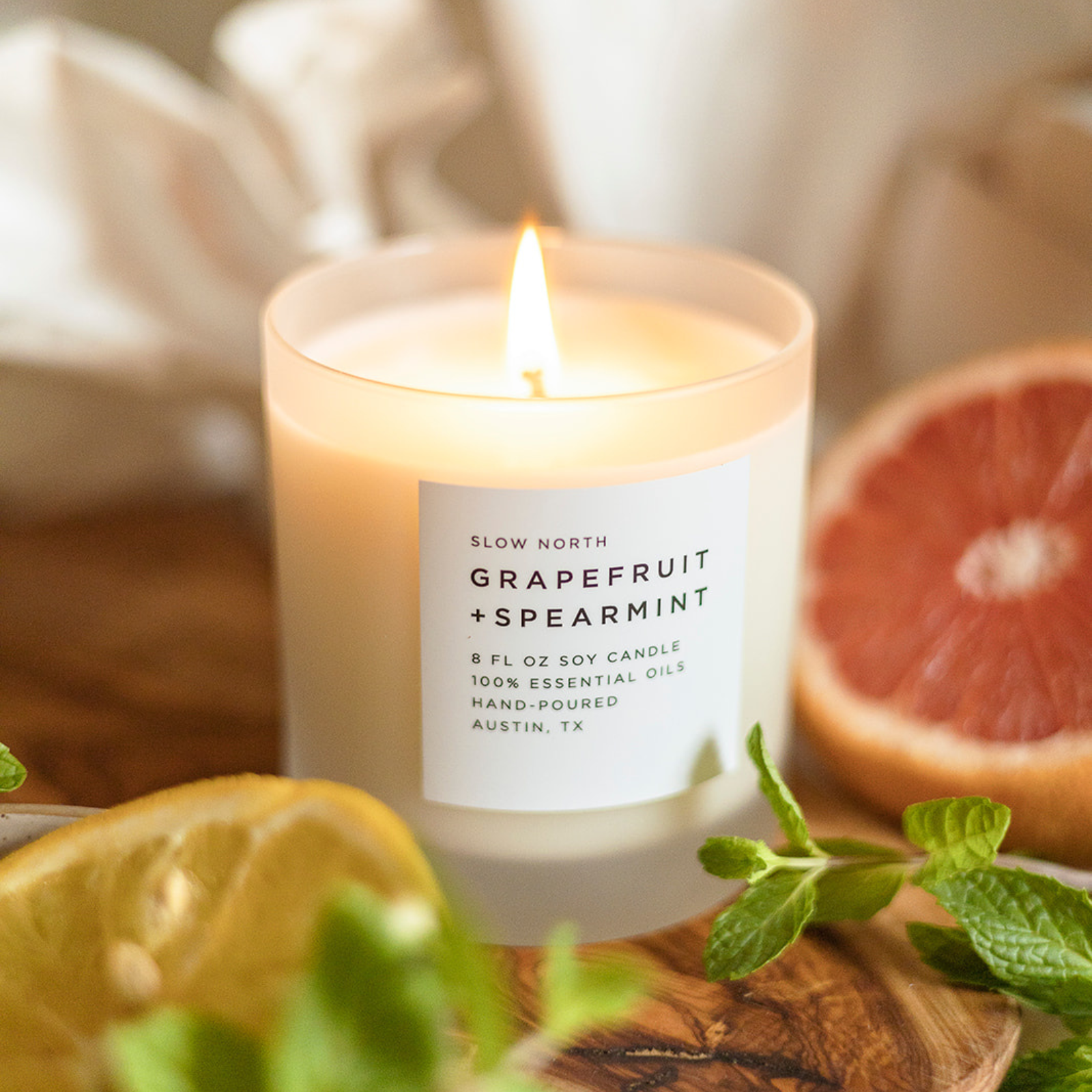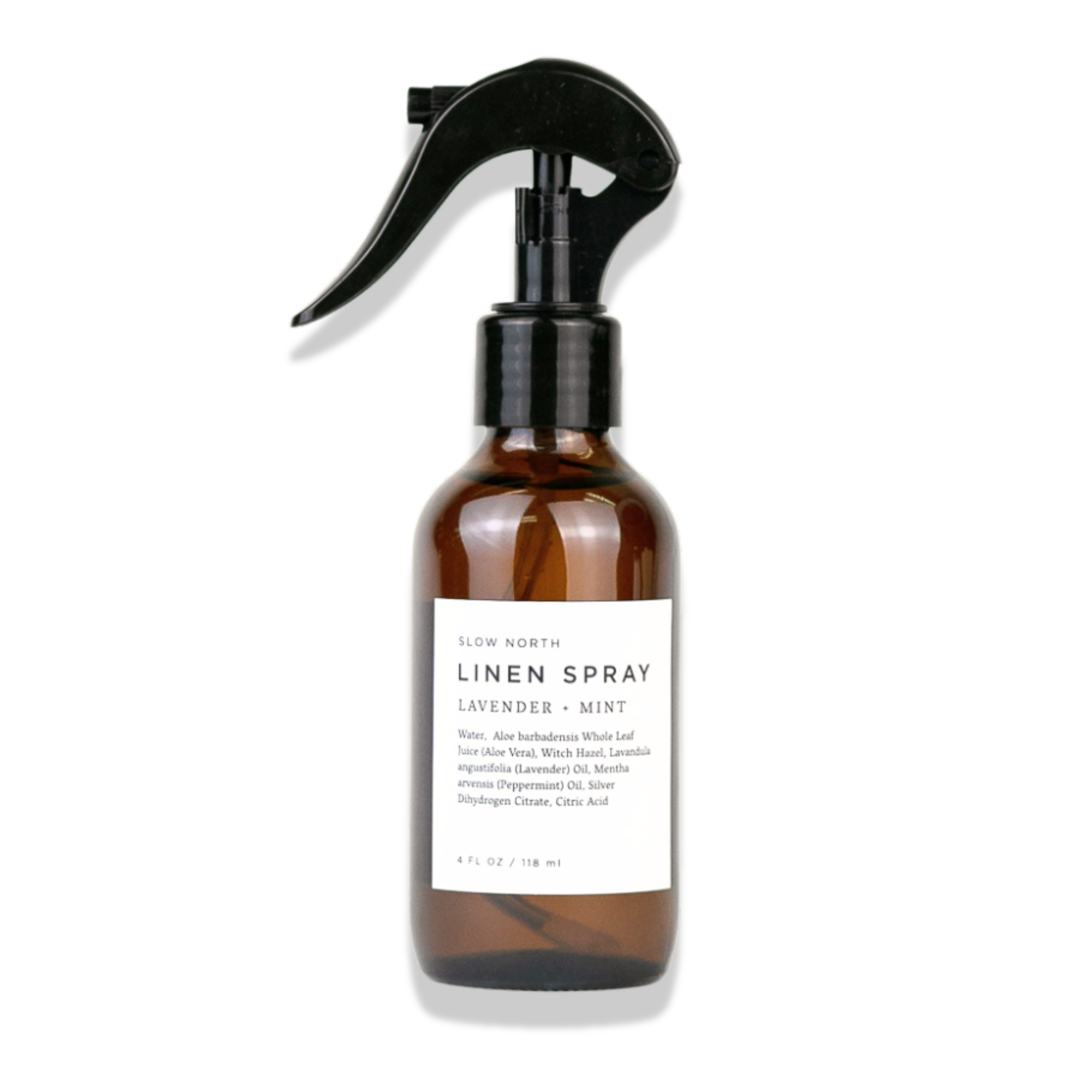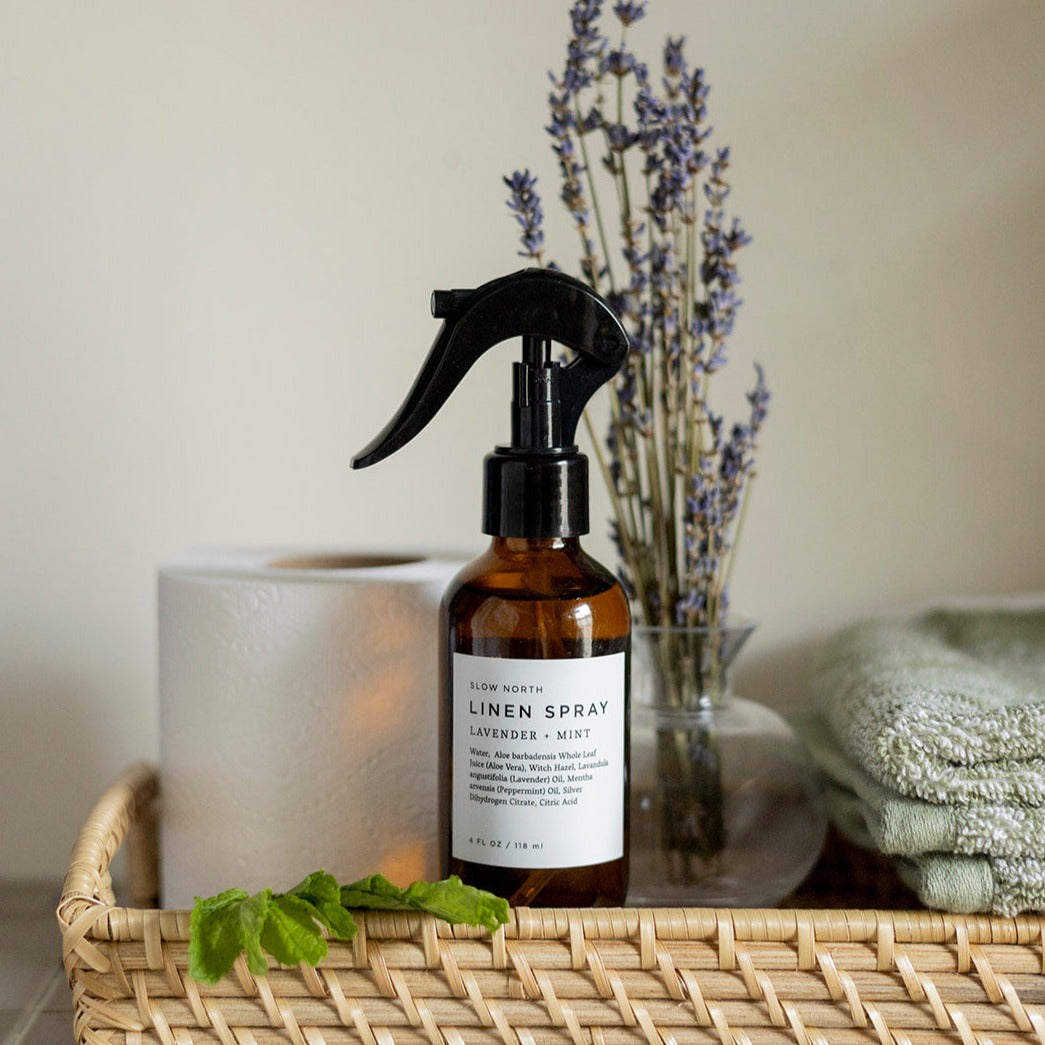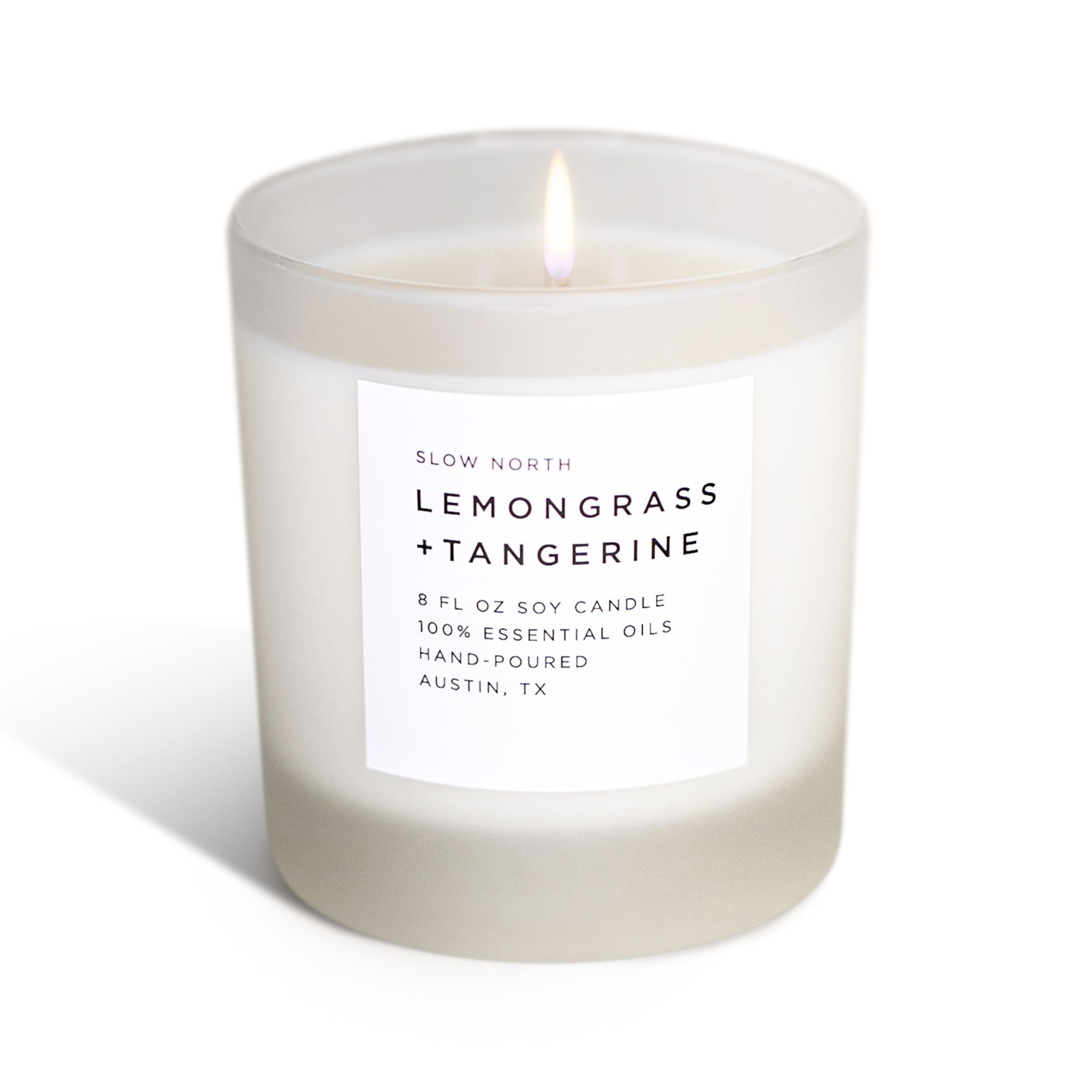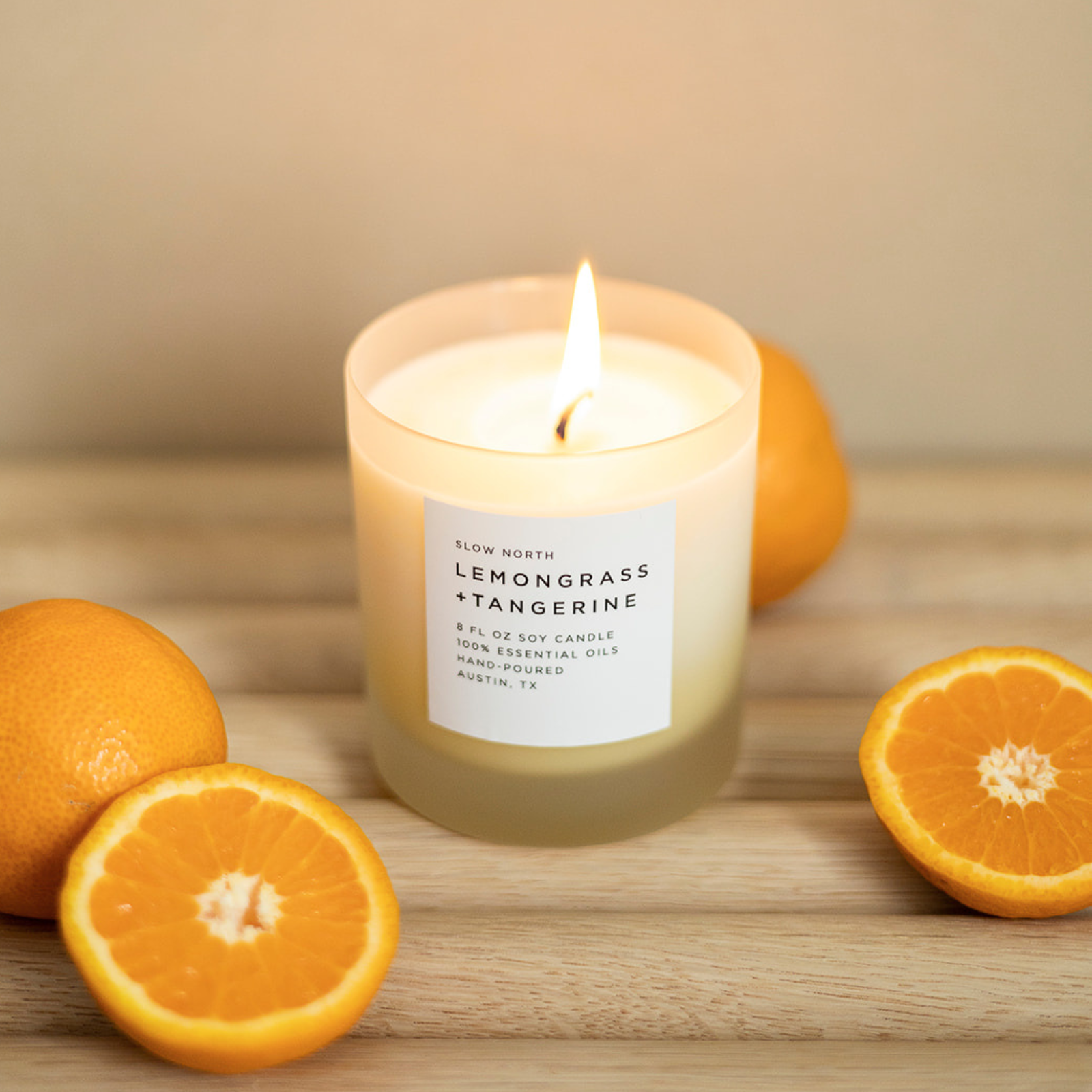Lush, leafy green plants are a great addition to any indoor space. In addition to beautifying your home or office, plants can also enhance productivity, boost your mood, and purify the air. It can be tough to nurture healthy indoor greenery if your space is low on natural light, but luckily, certain plants are adapted for dark and shady environments. Here are five indoor plants that will brighten up any room that receives little to no light:

1. Snake Plant
Tall and elegant, snake plants are the ultimate survivors. They’re drought-resistant and can tolerate most indoor conditions — so if you’re out of town for a few days, weeks, or even months, a snake plant will barely bat an eye. Not only that but having a snake plant in your home can help you save on expensive, energy-sucking air filters: they’re especially good at drawing out toxins like formaldehyde and benzene from their surrounding atmosphere.

Caring for a snake plant is pretty straightforward: be sure to water it only every 2-6 weeks, as too much moisture in the soil will rot its roots. Snake plants are happiest in partial sunlight, but they’ll do just fine in a darker corner of the room, too. Thanks to their stately figure, snake plants add a great architectural accent to any room.

2. Monstera
With its sprawling, juicy green leaves and towering height, monstera is the perfect plant for any living room or bedroom (or wherever you have the highest ceilings!) in need of a bold, tropical accent. Also known as the Swiss cheese plant, monstera thrives no matter how much sunlight it receives — so even if you’re low on light, you’re still in luck. Monstera plants need regular watering, and it’s best to make sure the soil never dries out entirely.

3. Spider Plant
Spider plants produce thin, spindly leaves that add a great touch to a dark bedroom or bathroom. They’re also well-suited to grow in a hanging basket for added texture to a wall or hallway. While some house plants, like monstera, are just fine with receiving an occasional dosage of bright light here and there, the spider plant is a little more finicky. If you notice that the tips of your plant are turning brown, it’s getting too much sun — be sure it stays away from direct light at all times.

Spider plants appreciate even moisture in their soil, so they shouldn’t be watered too much or too little. Pro tip: a soil moisture meter can help you determine when your plants need to be watered or when they should be left alone!

4. Nerve Plant
Nerve plants offer a bright splash of color to compliment a bedroom, dining room, or office; they’re best suited for tables, windowsills, terrariums, and hanging baskets. Best of all, nerve plants are happiest in low light, but they’re known to thrive in the sun as well. Water your nerve plant just as the soil begins to dry. It enjoys consistently moist soil, as long as it’s not too soggy.

5. Corn Plant
With broad, lime-green leaves that resemble husks of corn, these easygoing house plants absolutely live up to their name. Corn plants are generally more fond of brighter light, but they’ll tolerate low-light conditions in stride. They enjoy a fair amount of moisture and humidity, so it’s best to keep the soil moist and to group them with other house plants, if possible.

Please note that corn plants are poisonous when ingested, so be aware they aren’t nibbled on by pets or small children!
Looking for plants that love full sun? You're in luck - we have another article on sun-loving plants to place in bright spots in your home!
Cecilia Seiter
Cecilia is a freelance writer and contributor to Slow North. One of her favorite writing topics is sustainability, especially as it applies to beauty + wellness and the future of technology. She is a graduate of the journalism department at Cal Poly, San Luis Obispo and is based in Los Angeles, CA.




